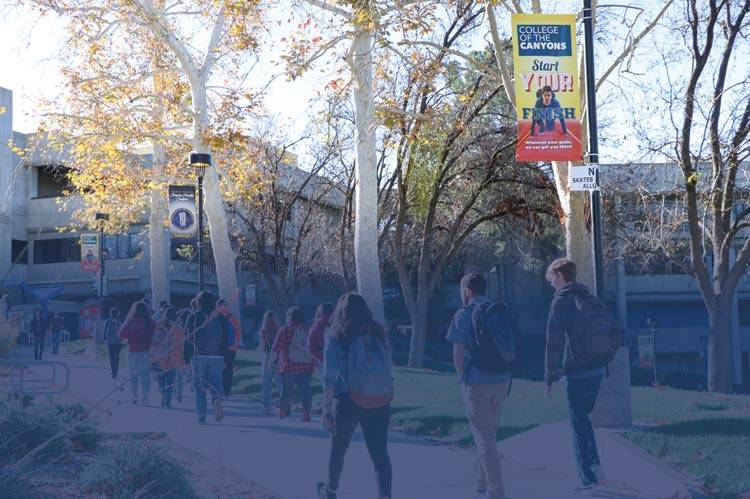Write Course SLOs
Developing Student Learning Outcomes
What are being called student learning outcomes do not represent a completely new direction in teaching and learning but rather a continuation of a trend that began with learning objectives. That change was from a primary focus on the subject matter or body of knowledge to a concentration on the skills or application derived from the teaching of the subject matter.
Verbs emphasizing what students would be able to do or know after the learning process was complete replaced the rather vague verbs comprehend and learn. Learning objectives had to be measurable tasks or skills. The purpose was to redirect the energies of the teaching and learning process towards its effects on the students. this makes education more responsive to the needs of students and to the sectors of society that depend upon the successful results of higher education. This emphasis on results, which is sometimes reflected in the term accountability, has not been replaced by a new fad. Instead, the trend has continued in the same direction.
Student learning outcomes are like learning objectives in their focus on the measurable results of student learning. They differ in scope, however.
The main difference between student learning outcomes and learning objectives is that learning objectives are discrete, individual tasks or skills that must be accomplished before the larger, broader goals of the course can be achieved.
The overarching goals of the course, however, are the student learning outcomes. The other change between learning objectives and student learning outcomes is that the new accreditation standards now require colleges to collect data on the success of students meeting those overarching goals. Colleges are then charged with analyzing the data and making changes that will result in more effective student learning SLOs are the measurable skills or accomplishments which embody the overarching goals of a course. They represent the most important learning that takes place in a course. It may be helpful to think of them this way: when your students leave your course at the end of the semester, you want them to be in firm possession of certain abilities or knowledge, and you want them to retain those abilities or that knowledge. Those are the student learning outcomes.
While many courses in the past have had upwards of 15 or more learning objectives (some science courses have over a hundred), student learning outcomes organize these skills into broader outcomes. Because student learning outcomes need to be assessed in a more organized, concrete way than the old learning objectives, and because student learning outcomes are broader than learning objectives, it makes sense for a course to have a limited number of student learning outcomes. Ideally, each course should have between one and three SLOs.
If you have questions as you are revising student learning outcomes for your courses or programs, please contact your divisions representatives on the curriculum and/or SLO committees.

 My Canyons
My Canyons  Canvas
Canvas 
